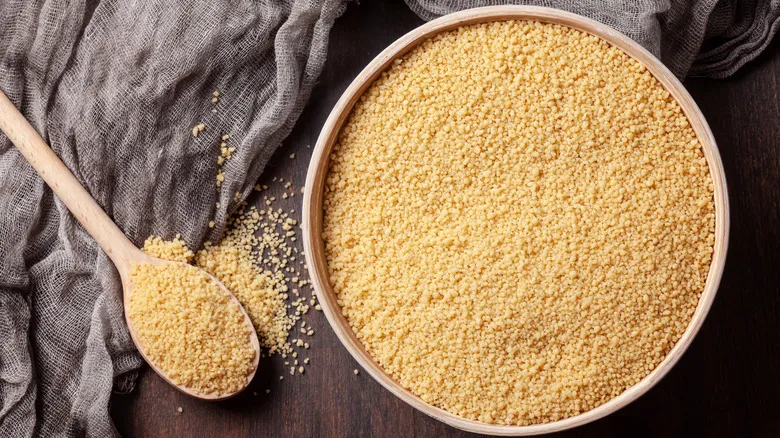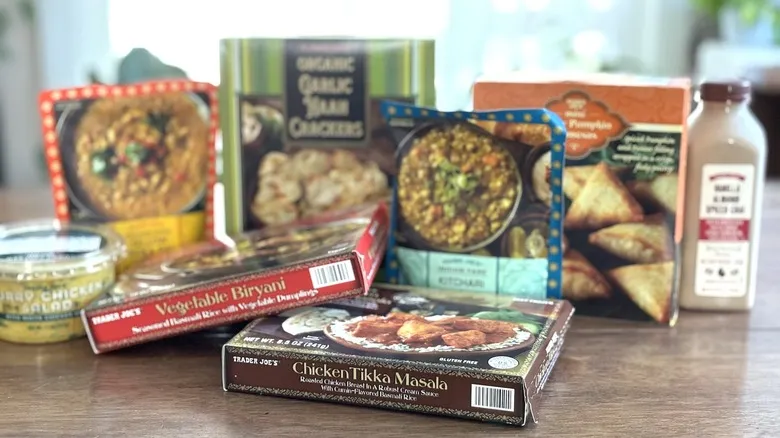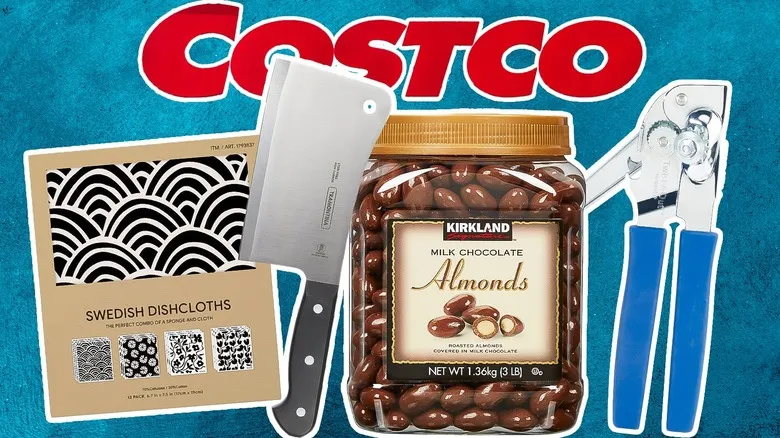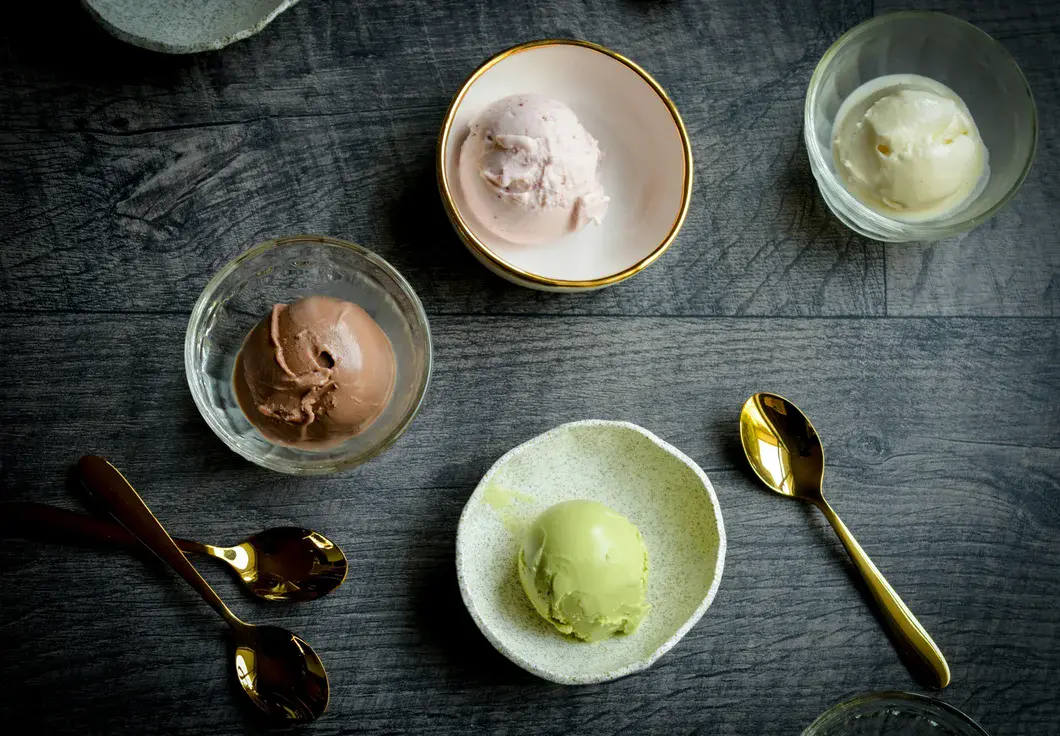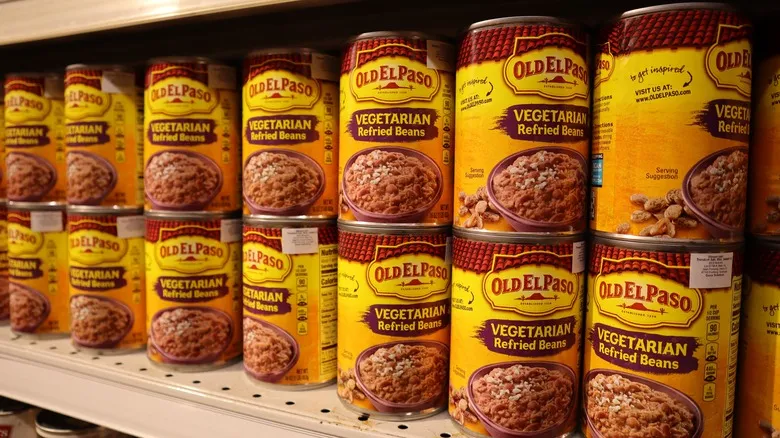How couscous is made
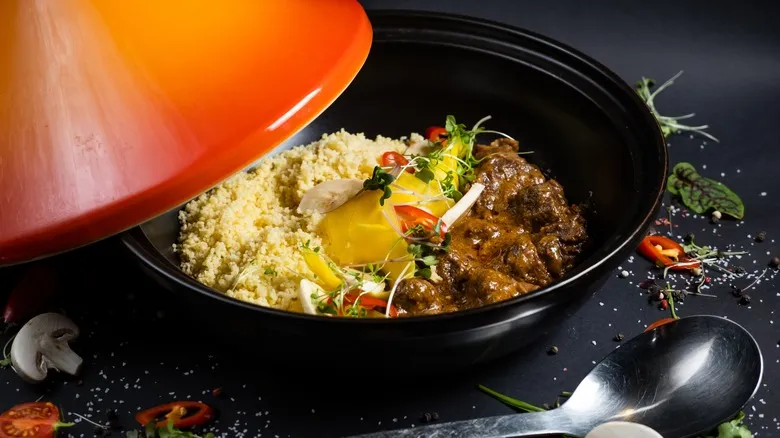
This North African dish is quite straightforward to prepare. Essentially, it consists of semolina flour and water, with a pinch of salt for flavor. Semolina is derived from durum wheat, a "hard" type of wheat that is rich in gluten, making it ideal for sturdier foods like pasta, as opposed to softer wheats used for lighter baked goods. While it is particularly prevalent in Italian cuisine, it also appears in various Mediterranean dishes. This is where couscous comes into play.
Couscous is created by lightly moistening semolina flour and rolling it into small grains or balls, which are then dried before cooking. The couscous available in grocery stores is usually an instant variety, having been partially steam-cooked to expedite preparation in your kitchen.
The cooking time for couscous varies depending on the type. The wet semolina can be shaped into grains of different sizes. The fine couscous often served with tagine is the Moroccan kind, which cooks quickly with just a bit of boiling water. There are also larger varieties, known as pearl or Israeli couscous, where the individual grains are substantial enough to bite into. Even larger is Lebanese couscous, though it is less commonly found in the U.S. These larger types require a longer cooking time, similar to pasta, as they need to be boiled in water.
Is couscous pasta or pasta-adjacent?
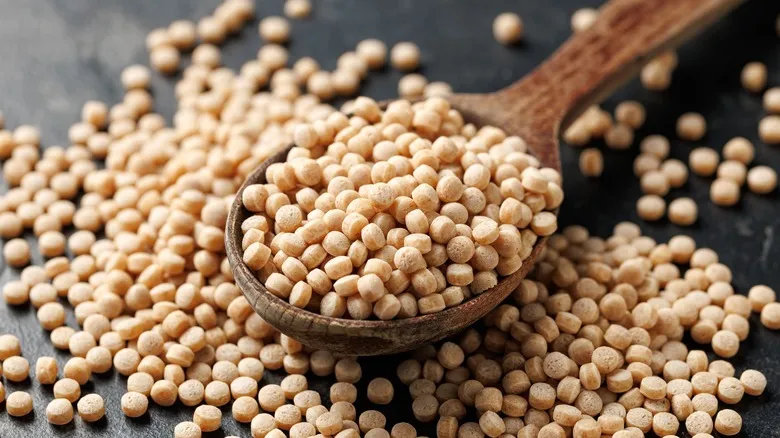
It appears quite evident that couscous is not classified as a grain, yet there may be some room for discussion regarding its classification as pasta. The term "pasta" is predominantly linked to Italian cuisine, while couscous is primarily associated with North African dishes. Therefore, one might argue that couscous is "pasta-like," existing in its own unique category. A similar phenomenon can be observed in East Asian cuisine, where the term "noodles" often describes products that closely resemble pasta in terms of ingredients and preparation.
That being said, couscous shares many similarities with pasta. Both are commonly made from the same basic ingredients—semolina flour and water (though eggs and olive oil can sometimes be included). While pasta typically comes in larger shapes, there are smaller varieties, such as fregola, which closely resembles couscous, especially the larger pearl type. Additionally, pastina is a tiny pasta that looks much like fine Moroccan couscous. Considering these similarities, couscous can realistically be seen as falling more under the pasta category than not.
Lastly, there is another product that bears resemblance to couscous: bulgur. It can be mistaken for couscous due to its similar size and texture, but it is made from cracked wheat grains. Bulgur is more commonly used in Middle Eastern cuisine than in North African dishes and is definitively classified as a grain, unlike couscous, which is more pasta-like.
Recommended

Here's The Safest Way To Dispose Of Recalled Foods
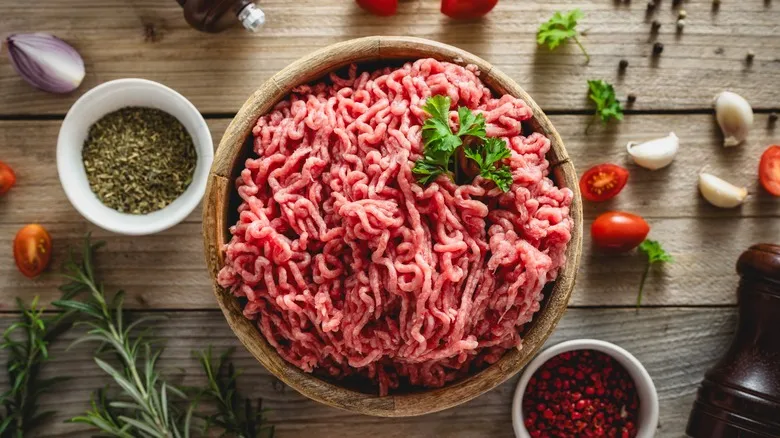
Here's How Long Ground Beef Is Safe In Your Fridge, Raw Or Cooked
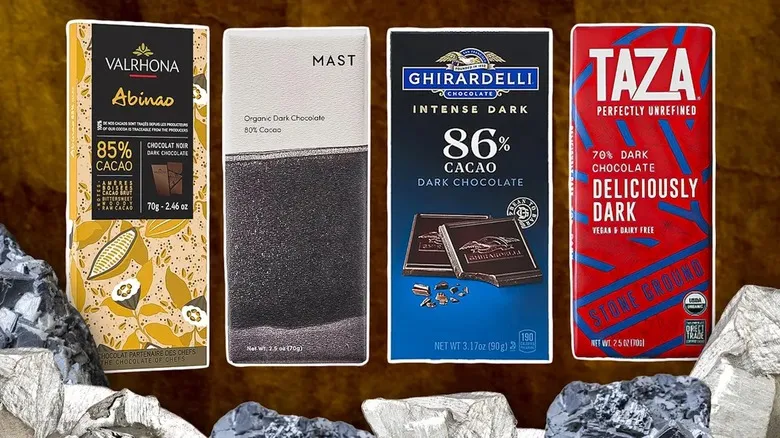
The Dark Chocolate Brands With The Lowest Lead And Cadmium Levels
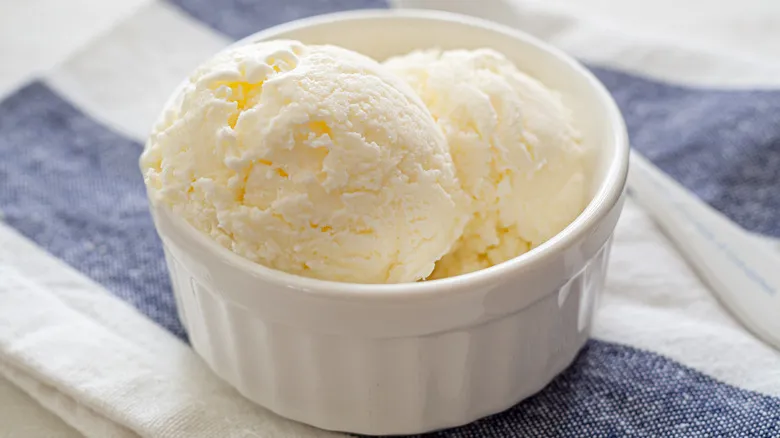
Make Homemade Ice Cream In A Bag The Better Way With This Special Salt
Next up

